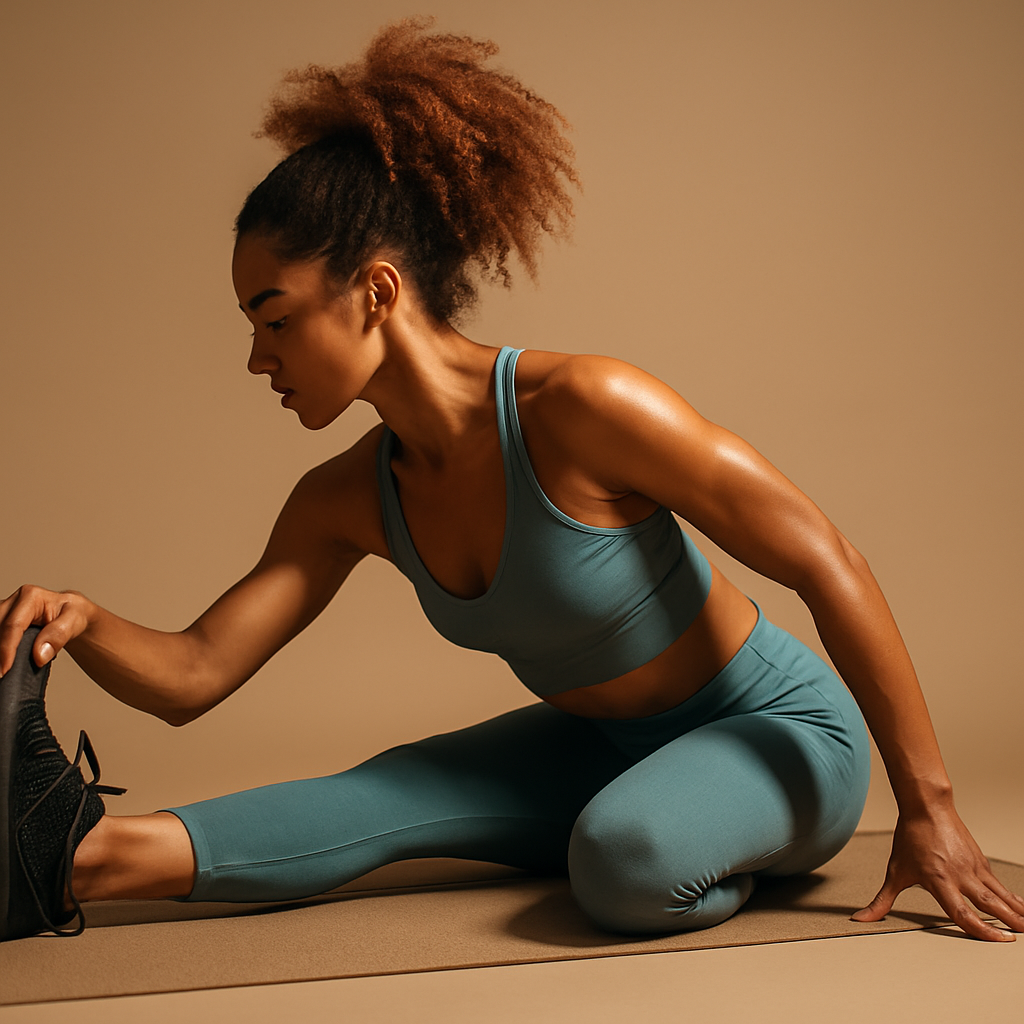Mobility Routines for Everyday Athletes

Mobility Routines for Everyday Athletes
Mobility is often overlooked in training programs, but it’s one of the most important elements for long-term performance. Whether you’re lifting heavy, running long distances, or simply staying active, mobility exercises improve flexibility, joint health, and recovery.
For everyday athletes, mobility work is the foundation that keeps you moving smoothly and prevents injuries that stall progress.
Why Mobility Matters
Mobility training isn’t the same as stretching. It’s about moving your joints through a full range of motion with control and stability. Benefits include:
- Reduced risk of injuries (sprains, muscle pulls, joint pain)
- Better posture and alignment
- Improved strength training mechanics (squats, deadlifts, presses)
- Enhanced athletic performance across all sports
- Faster recovery and less soreness
Daily Mobility Routine for Athletes
Here’s a 10–15 minute routine you can do daily to stay limber, strong, and pain-free:
1. Hip Openers 🦵
- Exercise: 90/90 Hip Rotations
- Benefit: Increases hip flexibility for squats, lunges, and running.
2. Thoracic Spine Rotations 🌀
- Exercise: Open Book Stretch
- Benefit: Unlocks upper back mobility, improving posture and pressing strength.
3. Ankle Dorsiflexion Stretch 🏃
- Exercise: Knee-to-Wall Ankle Stretch
- Benefit: Enhances running stride and squat depth.
4. Shoulder Mobility 🏋️
- Exercise: Banded Shoulder Dislocates
- Benefit: Improves overhead lifting stability and reduces shoulder pain.
5. Dynamic Hamstring Stretch 🧘
- Exercise: Leg Swings or Inchworms
- Benefit: Keeps hamstrings flexible, reducing strain during sprints and deadlifts.
When to Do Mobility Work
- Before training → as part of a dynamic warm-up
- After workouts → to cool down and restore range of motion
- On rest days → as active recovery to improve circulation
Consistency is key — even 10 minutes daily can transform your flexibility and overall athletic performance.
Common Mistakes to Avoid
- Only stretching when injured (instead of being proactive).
- Holding static stretches too long before explosive training.
- Ignoring weaker or tighter areas like hips and ankles.
- Rushing mobility instead of focusing on controlled movements.
Final Thoughts
Mobility is the secret weapon of everyday athletes. By including these routines in your training, you’ll lift heavier, run faster, and recover quicker — all while reducing your risk of injuries.
💡 Ready to upgrade your recovery and flexibility? Check out our Recovery & Mobility Collection for athlete-approved tools to keep you moving at your best.